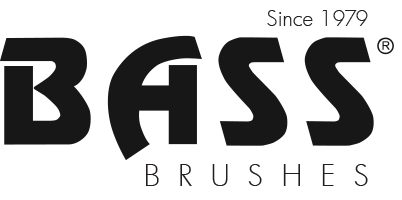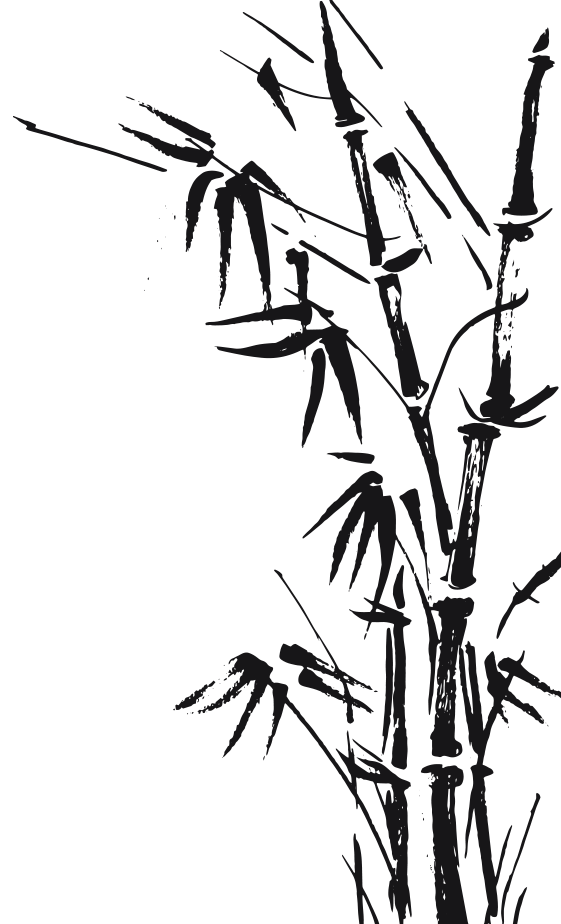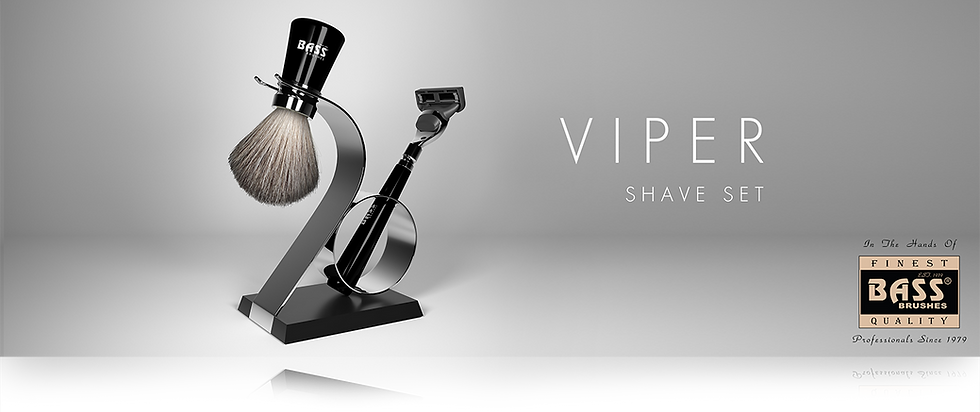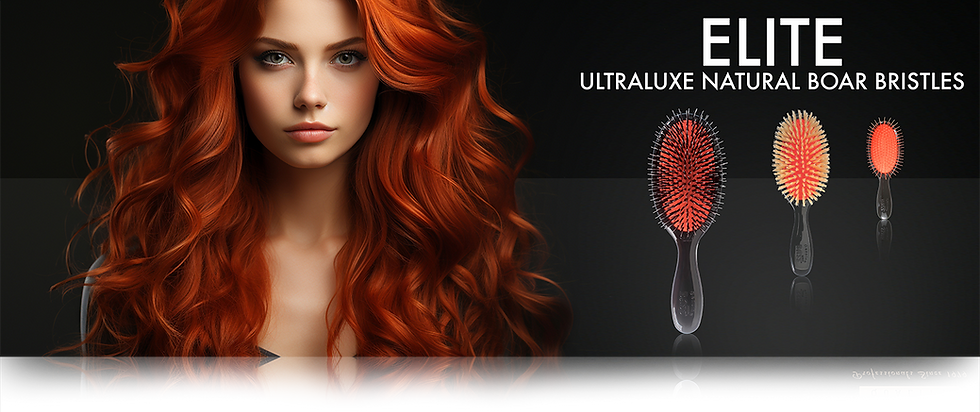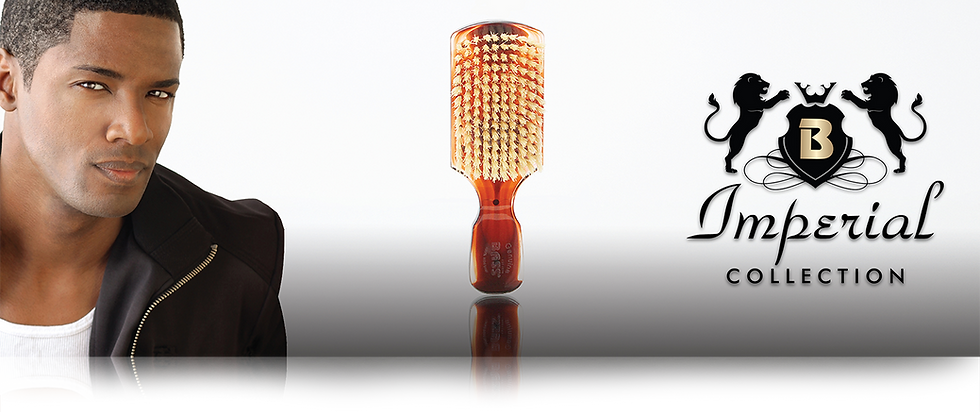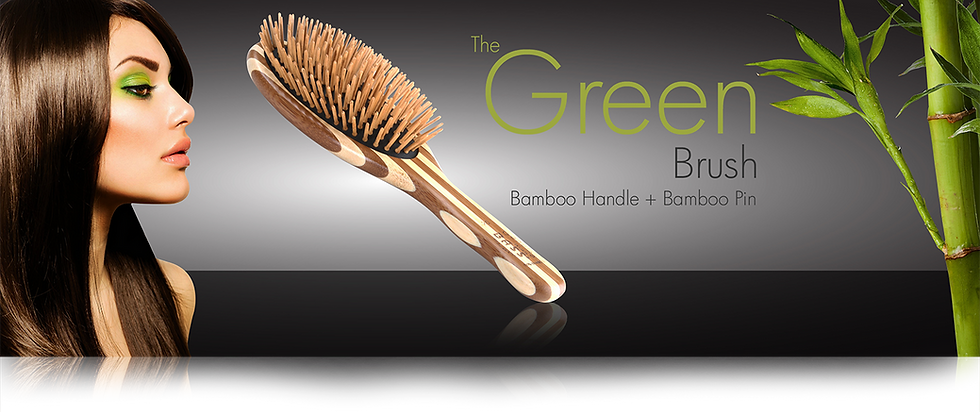From Frizz to Formation: Brush-Coiling and Clump Sculpting for Coils
- Bass Brushes

- Sep 16
- 1 min read
Updated: Sep 18
Every curl has its own rhythm, and tight coils need special attention to keep their natural bounce. For many, the biggest challenge isn’t frizz—it’s finding a way to enhance definition without breaking the pattern. This is where brush techniques like ribboning and coiling become transformative.
The Art of Sculpting Curls
Curls aren’t uniform. They range in diameter, density, and spring. Brushing isn’t just about removing tangles—it’s about organizing strands into consistent clumps that dry into well-formed curls.
Ribboning: By pulling hair through a detangling brush at a slight angle, you stretch and align strands into smooth ribbons that spring back together more evenly.
Brush-Coiling: Wrapping the ends of a section around a finger after brushing encourages coils to form with uniform spirals.
Tools That Make It Possible
Detangling brushes with rounded pins ensure the brush glides through without snagging.
Wide-tooth combs help pre-group hair before sculpting.
Natural bristle finishing brushes can be used lightly on dry hair to smooth the outer layer once curls are fully set.
Bass detangling brushes, with flexible pins and cushioned heads, give curl wearers the control needed to coax strands into neat ribbons—without stripping away natural pattern.
A Wash-Day Curl Definition Routine
Condition generously so each strand has slip.
Section carefully, keeping groups small enough for control.
Ribbon or coil using a detangling brush and finger method.
Clip at roots for lift if needed.
Dry gently—air dry or diffuse at low settings, then release for defined volume.
Defined curls don’t happen by accident. They come from technique, patience, and tools designed to work with the curl, not against it.
